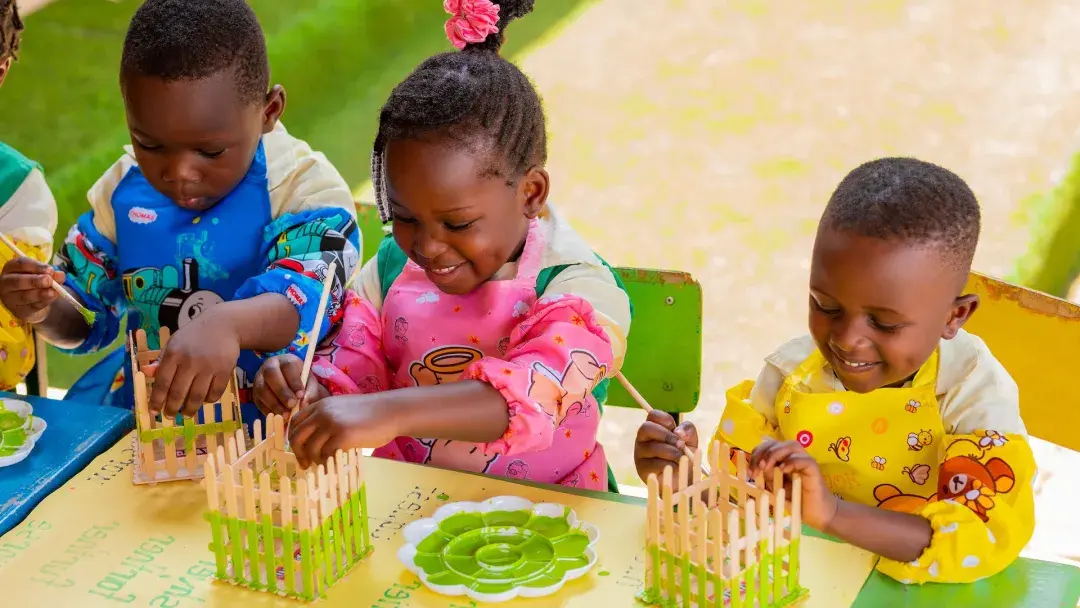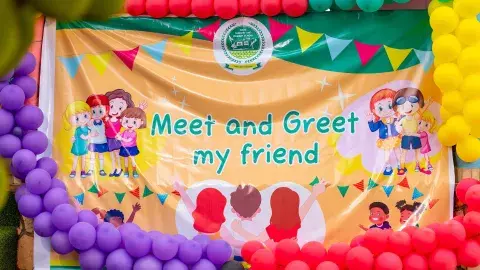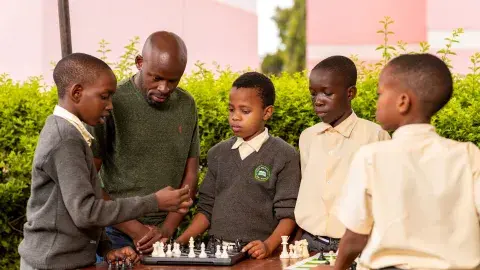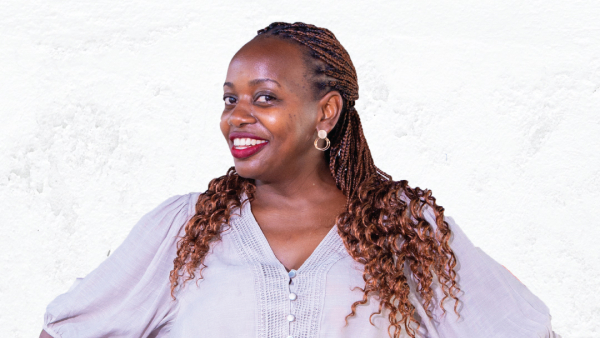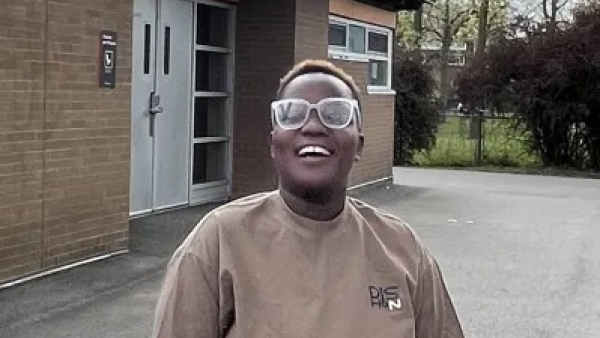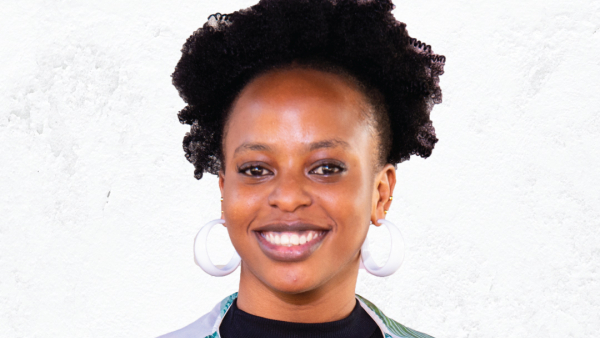At three years old, children in nursery begin to reach important developmental milestones that set the foundation for future learning. One key area of growth is in language and communication. At this stage, children typically begin to form full sentences, express their needs more clearly, and understand simple instructions. They also start to enjoy storytelling, singing songs, and engaging in conversations with peers and adults. This development supports both social interaction and early literacy skills.
Cognitive and physical milestones are also prominent during this year. Three-year-olds begin to show improved problem-solving abilities, such as completing simple puzzles, sorting objects by shape or color, and understanding basic counting. Their fine motor skills develop as they learn to hold crayons correctly, draw shapes, and begin cutting with scissors. Gross motor skills improve too, with increased balance and coordination allowing them to run, jump, climb, and navigate playground equipment with more confidence.
Social and emotional development is another crucial area for three-year-olds in kindergarten. They begin to engage in cooperative play, share toys, and show empathy toward others. While they may still struggle with self-regulation, they start to learn how to manage emotions with guidance from adults. Building friendships and learning to follow classroom routines also mark important steps in becoming more independent and school-ready. These social experiences lay the groundwork for future collaboration and group learning in more structured educational settings.
By age four, children in nursery show noticeable growth in language and communication skills. They can speak in more complex sentences, tell stories with a clear beginning and end, and ask a lot of “why” and “how” questions. Their vocabulary expands rapidly, and they begin to understand concepts like opposites, comparisons, and time (yesterday, today, tomorrow). Many four-year-olds also start recognizing some letters and may attempt to write their own name, showing early literacy development.
Cognitively, four-year-olds demonstrate stronger reasoning skills and a growing ability to focus on tasks for longer periods. They can count objects up to ten or beyond, recognize basic shapes and colors, and begin to understand patterns and sequences. This age also brings greater fine motor control—children can cut along lines with scissors, trace shapes, and draw more detailed pictures. These skills support both early writing and self-help tasks like dressing themselves or using utensils correctly.
Socially and emotionally, four-year-olds are increasingly independent and socially aware. They enjoy playing in small groups, take turns more willingly, and are better at expressing feelings using words. While they may still need adult help managing big emotions, they start to use problem-solving strategies during conflicts. They also begin to show pride in accomplishments and seek approval from adults and peers, which helps build self-confidence and a positive attitude toward learning. These skills are key as they prepare for more structured classroom environments in the coming years.
By age five, children in nursery typically demonstrate well-developed language and communication skills. They can carry on detailed conversations, ask and answer questions clearly, and use complete sentences with proper grammar. Many five-year-olds can recognize and name most letters of the alphabet, understand the sounds they make, and may even begin to read simple words or sentences. Their ability to write is also improving—they often write their own names, label pictures, and attempt short words or phrases, showing early writing fluency.
Cognitive development at this stage includes stronger problem-solving skills, memory, and logical thinking. Five-year-olds can count to 20 or higher, understand the concept of quantity, and perform simple addition or subtraction using objects or fingers. They can also follow multi-step directions and stay focused on tasks for longer periods. Their fine motor skills are more refined, allowing them to draw recognizable pictures, use scissors with precision, and form letters more clearly, preparing them for more academic work.
Socially and emotionally, five-year-olds show increased self-regulation, empathy, and cooperation. They are usually more confident in group settings, understand classroom rules, and can work independently for short periods. Friendships become more meaningful, and they begin to understand fairness and teamwork. While they still need guidance in handling strong emotions or solving conflicts, they are better at using words to express how they feel. These social-emotional milestones support their transition into formal schooling and help them build positive relationships with peers and adults.
![]()

